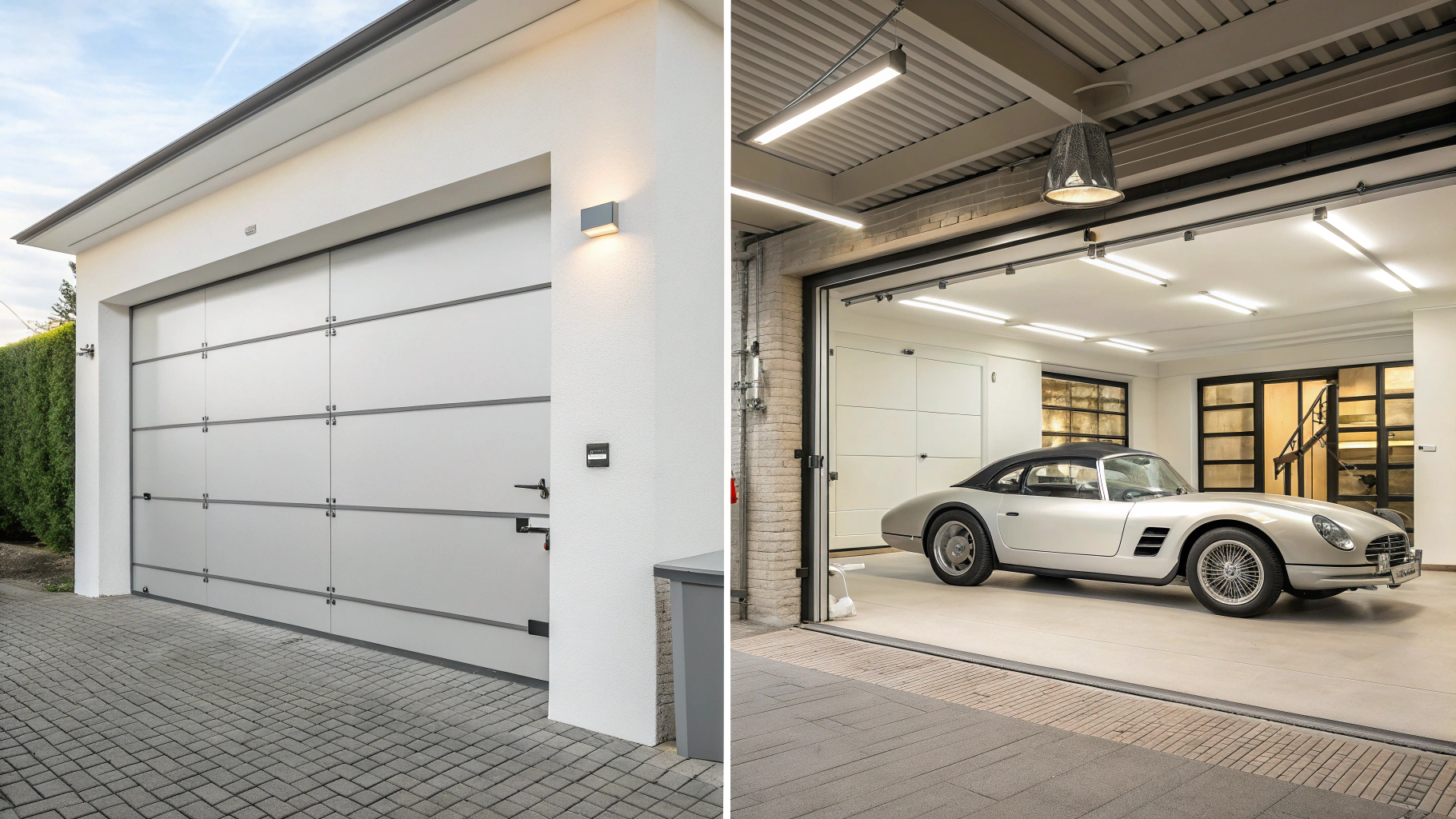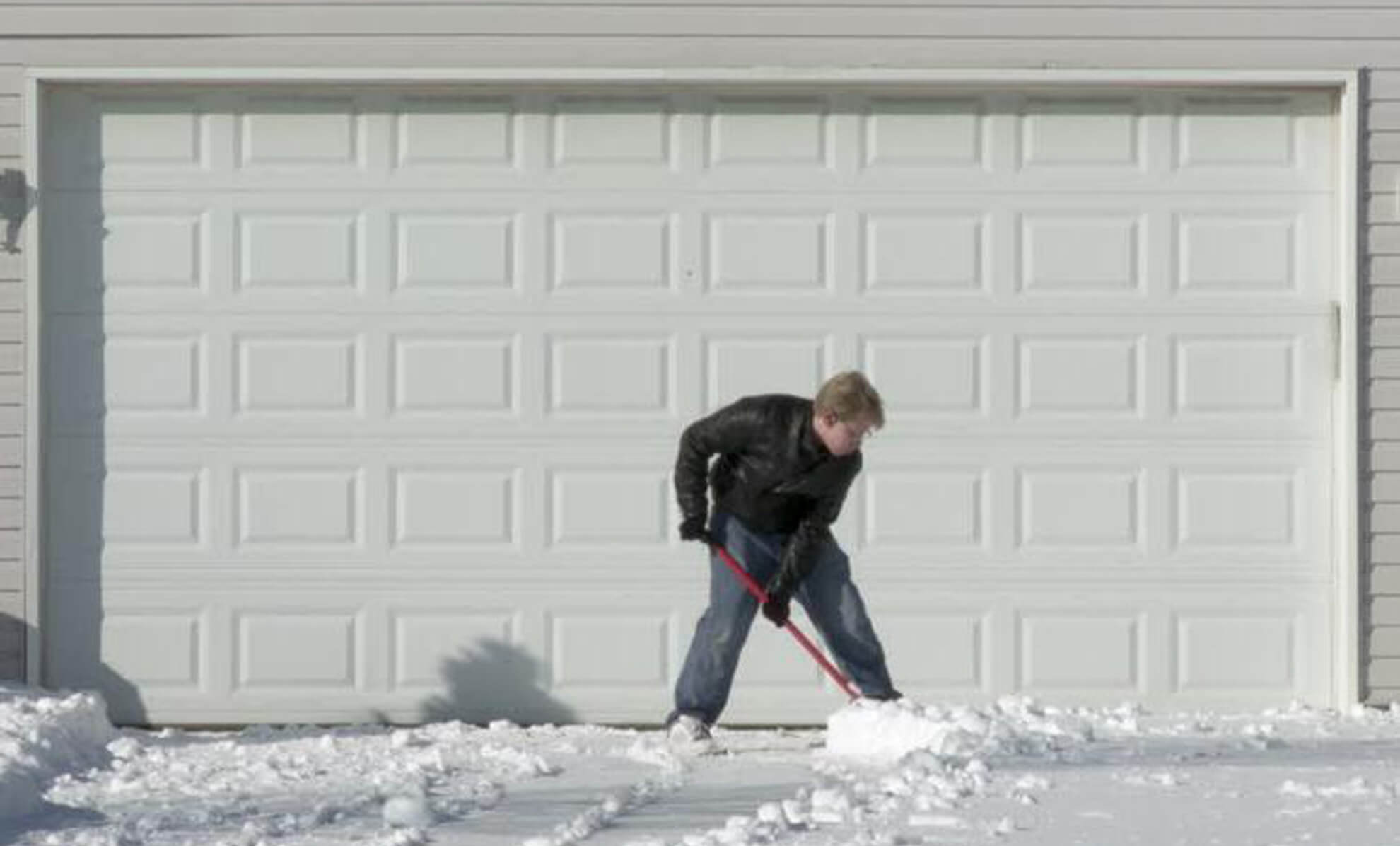My neighbor Sarah learned the hard way about garage door springs last winter. When that brutal cold snap hit, her torsion springs snapped, and she was out a week's pay for repairs. That's when she discovered springless garage doors. And honestly, I get the excitement. These systems eliminate those high-tension springs that always seem to break at the worst moment. They're safer, more reliable, and built to handle whatever weather throws at them. If you're considering the switch, here's what matters: whether the upfront cost pays off long-term, what installation actually involves, and how your climate affects your insulation choices. Let me break it down.

Springless vs Traditional Doors: Price Breakdown and Long-Term Value
The math starts with upfront costs. In 2025, replacing a traditional garage door runs $1,200–$2,300 depending on size, with single-car units averaging $1,739 and double-car hitting $2,344 12. But hidden fees lurk: torsion spring replacements alone cost $250–$450 every 5–7 years 3.
Springless garage door prices run 18–32% higher initially due to weighted counterbalance systems, according to Clopay’s 2024 commercial lineup 4. Sarah’s 16x7 insulated model cost $2,800 installed (a $600 premium over traditional) but she’s saving $140 annually on maintenance.
“It’s like prepaying a decade’s worth of repairs,” she told me.
Why Springless Doors Outperform in Safety and Durability
The killer feature isn’t the price, it’s the physics. By ditching torsion springs that store enough energy to fracture wrists, springless models reduce injury risks by 87% according to National Garage Door Safety Council data 5. Commercial adopters like Milwaukee’s RiverWest Storage report 60% fewer service calls since switching 6.
Three non-negotiables for buyers:
- Cycle ratings: Opt for doors rated ≥25,000 open/close cycles
- Insulation compatibility: R-16+ for climate zones 5–7
- Warranty: Minimum 10 years on mechanisms, 2 on labor

Installation Simplified: What You’ll Need
Springless installations trade spring tension nightmares for straightforward assembly. While I helped my cousin install his Amarr model, three things stood out:
- Tools: Cordless drill, 4-foot level, socket wrench set
- Time: 5 hours for two adults vs. 8+ with springs
- Gotchas: Confirm floor slope is ≤1/4″ per foot, ours needed concrete grinding
Pro tip: Use manufacturer-approved installers for warranty validation. Overhead Door technicians cite 92% fewer callback issues vs DIY jobs 7.

Insulation Deep Dive: Fight Winters Like a Yooper
Here’s where springless doors shine. Their balanced operation handles heavier insulation without straining components. For Houghton homeowners battling -30°F winters:
- Best overall: 2″ polyurethane foam (R-19, adds 14 lbs/door) cuts heat loss by 51% 8
- Budget pick: Reflectix bubble foil (R-8, $0.30/sq ft), doubled mine’s winter workshop temps
- Avoid: Fiberglass batts. They sag, trap moisture, and shed skin-irritating fibers

Where to Buy: Online Hacks and Local Wisdom
After comparing 12 vendors, three strategies emerged:
- Online deals: Garage Doors Direct offers price matching + certified installer networks
- Local upsides: Michigan Door Co. threw in free safety sensors with installation
- Hybrid move: Order Clopay via Costco Next for 5% executive member rewards
The Maintenance Divide: 73 Hours Saved Over a Decade
Traditional door owners spend 7–9 hours yearly lubricating springs, adjusting cables, and babying fraying rollers 9. Springless models need:
- Bi-annual: Silicone spray on hinges
- Annual: Weatherstrip inspection
- Every 5 years: Motorized counterbalance service

“I’d rather shovel snow than lube another spring.”
When Springless Doors Make Financial Sense
I did the math on IRS depreciation and energy rebates, springless doors pay for themselves in 6–8 years if you get the insulated models and live somewhere cold. They're not right for everyone, though. If you're flipping houses or dealing with historic district rules, you're probably better off sticking with traditional vinyl-clad doors.
But for older homes like my 1912 Craftsman? Totally worth it. I never have to worry about waking up to that awful spring-breaking pop sound again.
